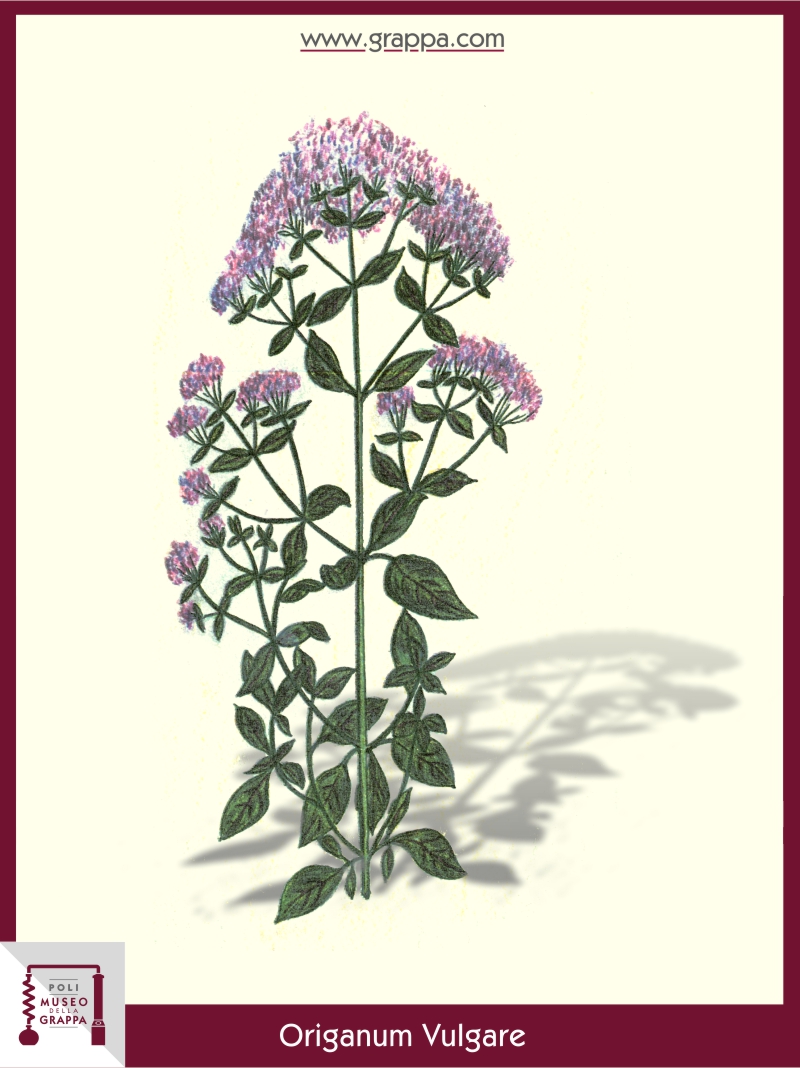A "real" Digestif
- Plant: Oregano, Wild Marjoram (Origanum Vulgare)
- Plant part: flower
- Plant feauters: digestive, aromatic, diuretic, antireumatiche, tonic, antiseptic, stimulates blood flow, mouthwashing, eupeptic, antiasthmatic, cough-releasing, stomatal, stimulant for nerves

-
Description:
It is difficult to determine whether the Origanum vulgare or the cultivated plant of the same species Origanum Onites was meant in the ancient times when one was speaking of Oregano. The second one was found in Asia Minor and had remarkable aromatic properties.
The common oregano grows spontaneously in hilly and mountainous regions, actually for this reason botanists gave him the following term in the sixteenth century: Oros = mountain, ganos = ornament.
A few centuries later, Linné accentuated how widely spread and common this plant was, with the term "ordinary".The plant had always a respectable place in the medicine, especially for its unique essential oil, rich in volatile terpenes, which make the oregano an excellent means to stimulate the digestive functions.
Frequent use in the kitchen is also justified by the fact that it has exceptional gastric enhancing properties, which means that even heavy foods can be easily digested.
These characteristics can also be found in a Grappa after be flavored with this plant.
-
Note:
Due to the high content of essential oils, one should not exceed the dosage as it can initially cause increased excitement and later depressive moodiness and drowsiness.
The recipe
-
Ingredients:
- a bunch of dried oregano flowers
- 1 liter of Grappa
- 2 tbsp of sugar -
Preparation:
In the summer, when most of the oregano flowers are already flourished, a bunch of tops is collected and dried in a shaded and well-ventilated place.
When the oregano is then completely dried in the autumn, its tops are placed in a liter of Grappa with two tablespoons of dissolved sugar.
The mixture is left in the shade until spring. After filtration it can then age until the following summer.
At this time, the liqueur will have already assumed a yellowish-brown color and a characteristic flavor according to oregano.
It is an effective digestif from which one can make use after a heavy meal.
Poli Distillerie and
Poli Grappa Museum
Newsletter
Subscribe our newsletter to keep up to date with our latest news.